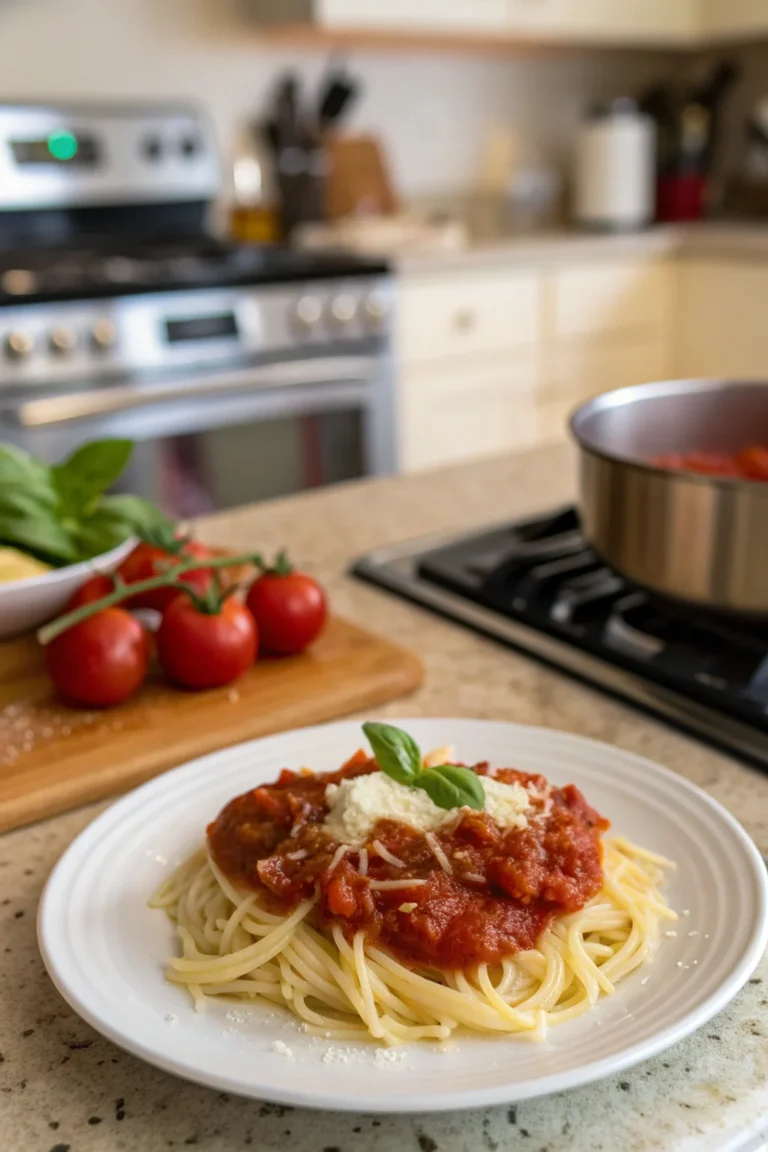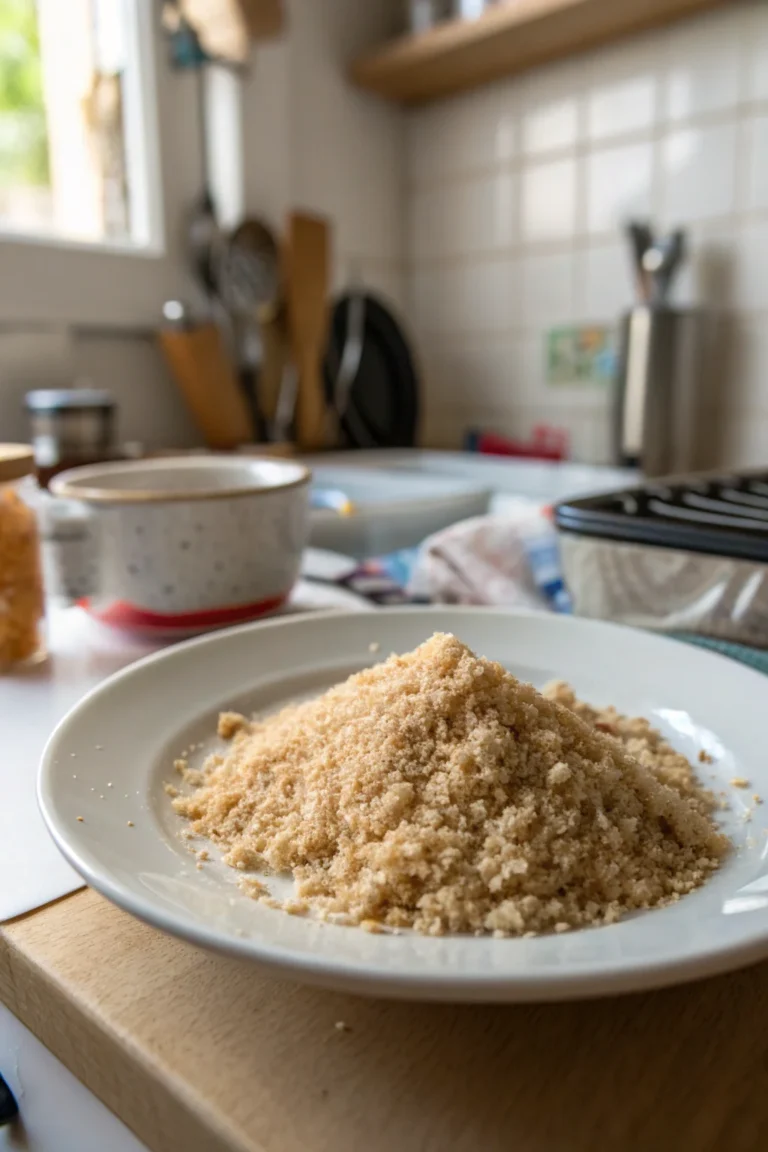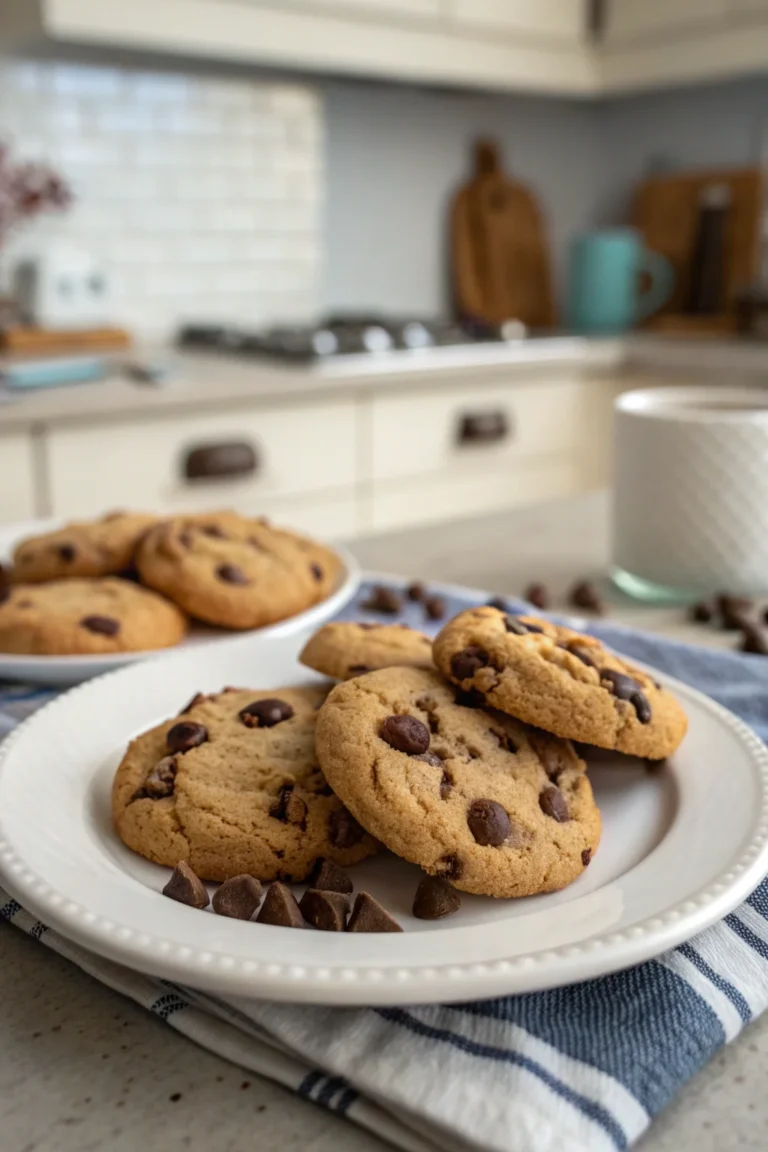What’s the Difference Between Grilling and Barbecuing?
Grilling and barbecuing are popular cooking methods that bring out the best in meats and vegetables, but they are not the same. Understanding the difference not only improves your cooking skills but also enhances your culinary experiences. This guide answers common questions about grilling and barbecuing, helping you master these techniques.
Table of Contents
What is Grilling?
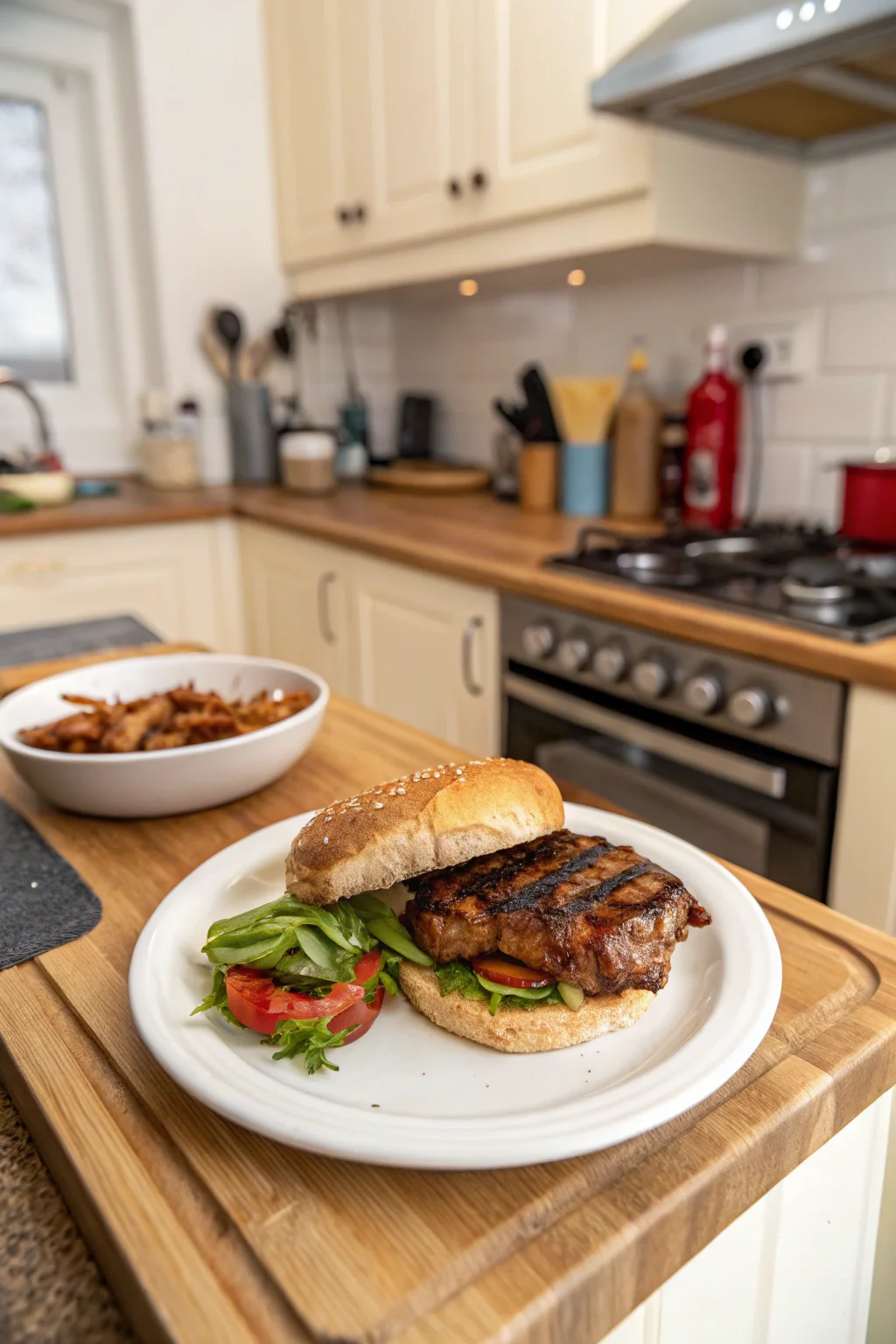
Grilling involves cooking food quickly over high heat. Typically, the temperature ranges from 400°F to 550°F (204°C to 288°C). This high-heat cooking method is perfect for:
- Thin cuts of meat like steaks, burgers, or chicken breasts. The high temperature sears the exterior, creating a flavorful crust while keeping the inside moist and tender.
- Vegetables such as peppers, onions, and zucchini. These vegetables benefit from the quick cooking method, maintaining a slight crunch while the sugars caramelize on the surface.
- Foods that cook quickly and develop a flavorful char. The intense heat and direct flame are ideal for achieving the distinct grilled flavor and texture.
Grilling is usually done on an open flame, either gas or charcoal, and requires constant attention to prevent burning. It’s a great way to get that classic, crispy exterior with juicy insides. To ensure even cooking, it’s important to preheat the grill and oil the grates to prevent sticking.
What is Barbecuing?
Barbecuing is a slower cooking process that uses low, indirect heat, usually between 225°F and 275°F (107°C to 135°C). It’s ideal for:
- Larger cuts of meat like ribs, brisket, or pork shoulder. These cuts are often tough and benefit from the slow, gentle cooking that breaks down connective tissues, resulting in tender, juicy meat.
- Tougher meats that benefit from slow, even cooking. The prolonged exposure to low heat transforms these cuts into succulent dishes.
- Infusing smoky flavors into the food using wood chips. The smoke from the wood chips permeates the meat, infusing it with a rich, smoky flavor that is characteristic of barbecue.
Barbecue techniques often involve a closed lid to trap heat and smoke, allowing for tender, flavorful results over several hours. To maximize the smoky flavor, choose the right type of wood chip, such as hickory, mesquite, or applewood. Learn more about BBQ techniques here.
How Do Grilling and Barbecuing Differ in Cooking Time?
The main difference is cooking time. Grilling is fast, typically taking minutes, while barbecuing is slow, often requiring several hours. Grilling is best for quick meals, whereas barbecuing is for when you have time to let flavors develop and meats tenderize.
For instance, a steak can be grilled to perfection in under 10 minutes, offering a quick and delicious meal option. In contrast, a rack of ribs might spend 4 to 6 hours in a smoker, slowly absorbing the smoky flavors and becoming fall-off-the-bone tender. The choice between grilling and barbecuing often depends on the time you have available and the flavors you wish to achieve.
What Equipment Do You Need for Grilling?
Grilling requires:
- A grill (either gas or charcoal). Gas grills offer convenience and precise temperature control, while charcoal grills provide a distinct smoky flavor.
- Tongs or a spatula for flipping. Long-handled tools help keep your hands safe from the heat.
- A meat thermometer for checking doneness. This ensures that your food is cooked to the perfect temperature, avoiding undercooked or overcooked results.
- A brush for applying marinades or sauces. A silicone brush works well for even application and easy cleaning.
Charcoal grills provide a smoky flavor, while gas grills offer more control over temperature. For those new to grilling, starting with a gas grill might be easier due to its straightforward temperature control. For a beginner’s guide on grilling, check out this resource.
What Equipment Do You Need for Barbecuing?
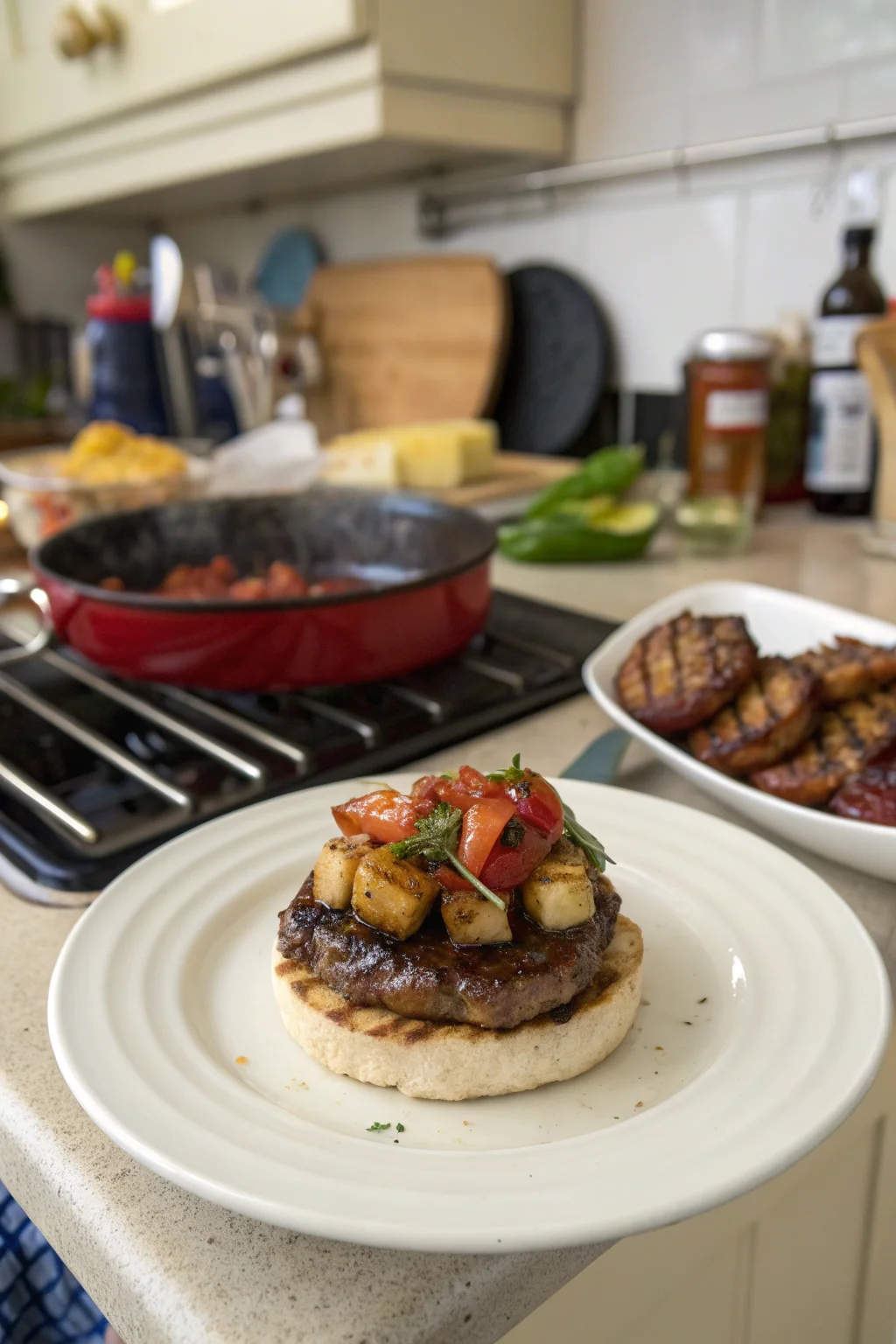
Barbecuing needs:
- A barbecue smoker or a grill with a lid. Smokers are designed specifically for low and slow cooking, making them ideal for barbecuing.
- Wood chips for smoking (like hickory, mesquite, or applewood). Different woods impart different flavors, allowing you to experiment with and customize your barbecue.
- A meat thermometer for monitoring internal temperatures. Keeping the meat at the right temperature is crucial for achieving tender results.
- A basting brush and foil for wrapping meats. Foil helps to retain moisture and enhance flavors during the cooking process.
Smokers are designed for long, slow cooking, perfect for barbecuing. Consider an offset smoker for a traditional experience or a pellet smoker for convenience. Explore different smoker types here.
Which Method is Better for Healthier Cooking?
Grilling can be healthier as it allows fats to drip away from the food. However, it’s important to avoid charring, which can create harmful compounds. To make grilling healthier, consider the following tips:
- Use lean cuts of meat to reduce fat content.
- Marinades can add flavor without extra fat. Opt for marinades with citrus or vinegar bases, which can also help tenderize meat.
- A medium heat setting can prevent burning and excessive charring. This helps minimize the formation of potentially harmful compounds.
Barbecuing, while flavorful, often involves fattier cuts and longer cook times. Balance your meals with grilled vegetables or lean proteins. Barbecuing can be made healthier by trimming excess fat from meats and opting for leaner cuts when possible. Learn more about grilling’s health benefits on the American Institute for Cancer Research website.
How Do You Control Smoke Flavor in Barbecuing?
To manage smoke flavor in barbecuing:
- Choose woods like apple or cherry for mild sweetness. These woods impart a subtle, sweet smoke flavor that complements a variety of meats.
- Opt for hickory or mesquite for a stronger taste. These woods provide a bold, robust smokiness that works well with pork and beef.
- Keep the lid closed to trap smoke. This helps concentrate the smoke flavor in the meat.
- Use a small amount of wood initially, adding more as needed. It’s easier to add more smoke flavor than to remove it, so start with a conservative amount.
Experiment with wood combinations to find your preferred flavor profile. Mixing different types of wood chips can create a unique and complex smoke flavor.
Can You Grill and Barbecue Indoors?
Grilling indoors is possible with electric grills or grill pans, but it lacks the smoky flavor of outdoor grilling. Indoor grilling devices typically use electric heat to mimic the effects of an outdoor grill. They are convenient and produce less smoke, making them suitable for apartments or homes without outdoor space.
Barbecuing indoors is challenging due to smoke and long cook times. Instead, use a slow cooker to mimic some barbecue techniques. Slow cookers can produce tender, flavorful results with minimal effort and without the need for smoke. For an added touch, finish the slow-cooked meat under the broiler for a crispy exterior.
What Are Some Common Mistakes in Grilling?
Avoid these grilling mistakes:
- Not preheating the grill, which affects cooking times. Preheating ensures that the grill reaches the desired temperature for searing and cooking food evenly.
- Overcrowding the grill, leading to uneven cooking. Leave space between items to allow heat to circulate and prevent steaming.
- Using too much sauce, which can burn quickly. Apply sauces towards the end of grilling to prevent them from burning and turning bitter.
For consistent results, maintain proper grill maintenance and keep a close eye on your food. Clean the grill grates regularly to prevent buildup and flare-ups.
What Are Some Common Mistakes in Barbecuing?
Some barbecuing pitfalls include:
- Lifting the lid too often, which releases heat and smoke. Each time the lid is opened, heat and smoke escape, prolonging cooking time and reducing the smoky flavor.
- Not using a thermometer, risking undercooked or overcooked meat. Relying on a thermometer ensures that the meat is cooked to safe temperatures without drying out.
- Ignoring the rest time after cooking, which allows juices to redistribute. Resting the meat for at least 10-15 minutes after cooking ensures that the juices are evenly distributed, resulting in moist and tender meat.
Patience and practice are key to mastering barbecue techniques. Barbecuing is an art that requires time and attention to detail.
How Do You Choose Between Grilling and Barbecuing?
Consider:
- Time available: Grilling is faster while barbecuing takes time. If you’re short on time, grilling is the way to go, but if you have hours to spare, barbecuing offers a rewarding experience.
- Type of food: Grilling suits thin cuts and quick-cook vegetables; barbecuing is best for large, tough meats. Your choice should depend on the type of ingredients you’re working with and the desired outcome.
- Flavor preference: Barbecuing offers deep, smoky flavors; grilling provides a charred, savory taste. Decide based on the flavors you want to highlight in your dish.
Can You Combine Grilling and Barbecuing?
Yes, you can start by barbecuing to develop flavor and tenderness, then finish on the grill for a crisp exterior. This method, known as “reverse searing,” is great for thick steaks or roasts. By first cooking the meat slowly at a low temperature, you ensure even cooking throughout. A quick finish on the grill adds a delightful crust and enhances the overall flavor.
What Are Some Popular Dishes for Grilling?
Try these grilling favorites:
- Burgers and hot dogs: Quick, easy, and always a crowd-pleaser.
- Grilled chicken or fish: Perfect for a healthy meal with a smoky twist.
- Vegetables like corn, asparagus, or eggplant: Grilling brings out natural sweetness and adds a smoky char.
For more inspiration, explore our grilled recipe collection.
What Are Some Popular Dishes for Barbecuing?
Barbecue classics include:
- Pulled pork sandwiches: Slow-cooked to perfection, then shredded and served on a bun with coleslaw.
- Smoked brisket: A true test of patience and skill, resulting in tender, flavorful beef.
- Barbecue ribs: Fall-off-the-bone tender and coated with a smoky, sweet glaze.
Experience these dishes at local BBQ joints or try them at home for a true taste of barbecue.
Wrap-Up
Grilling and barbecuing each have unique techniques that bring out the best in different foods. Whether you’re after the speed and simplicity of grilling or the deep flavors of a classic barbecue, knowing the differences helps you achieve delicious results. Explore these cooking methods further to enhance your culinary skills and enjoy a variety of flavorful meals. For more tips and recipes, check out our complete grilling guide.

